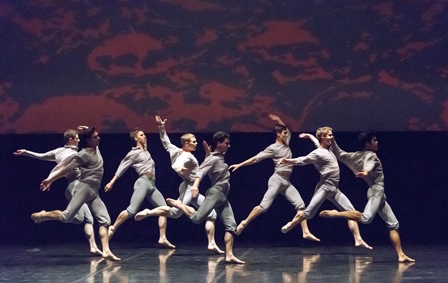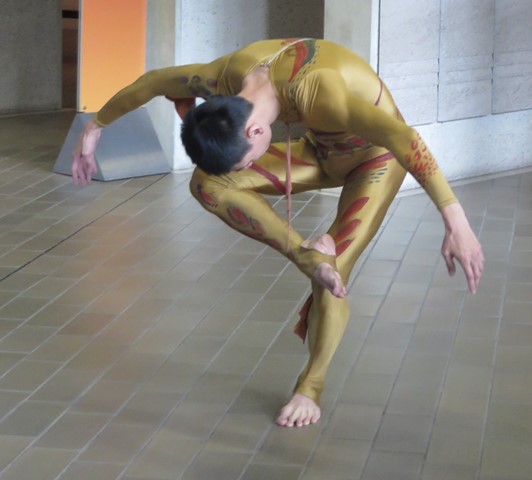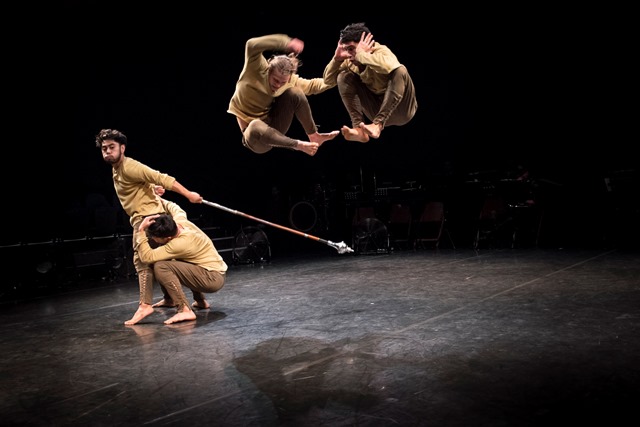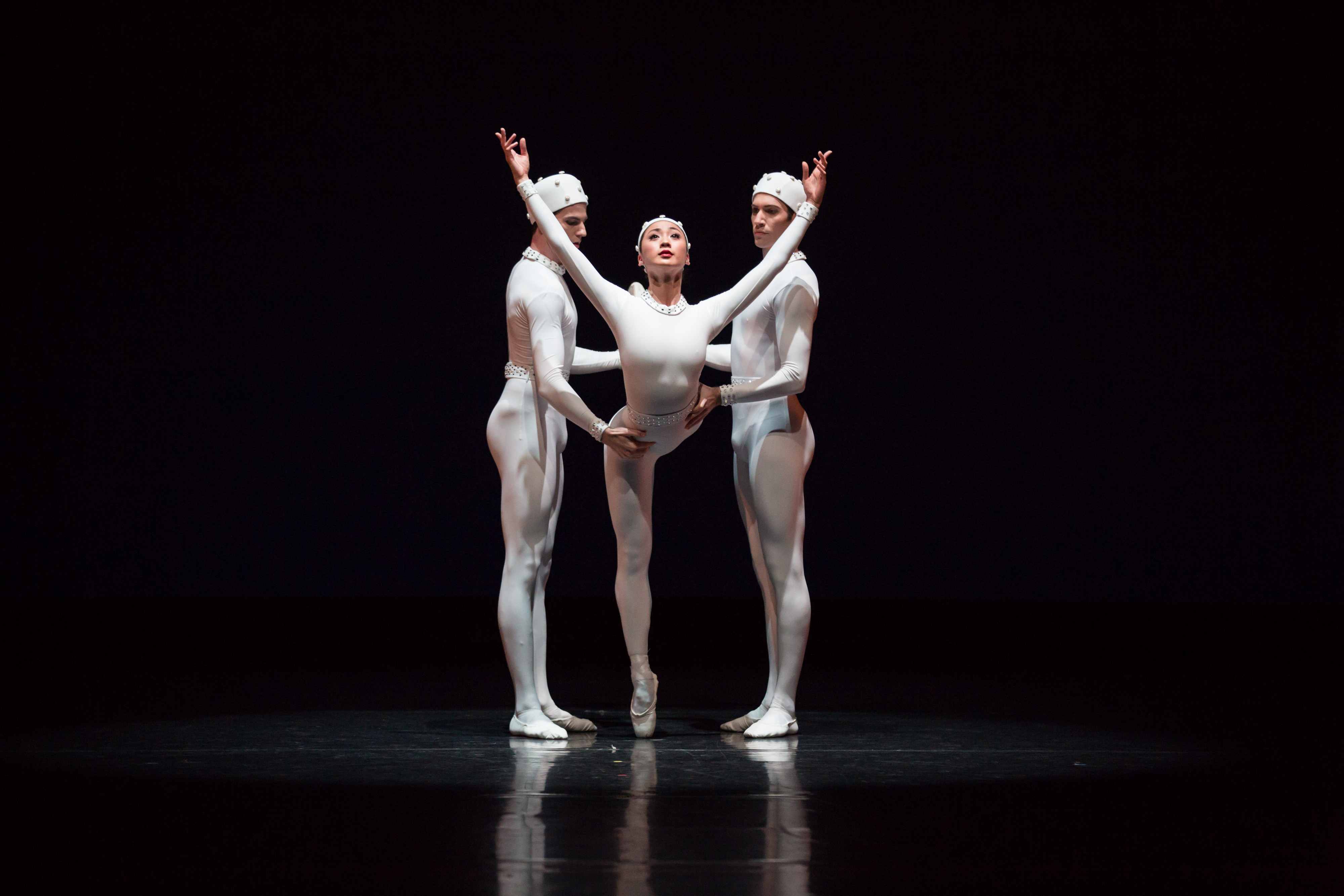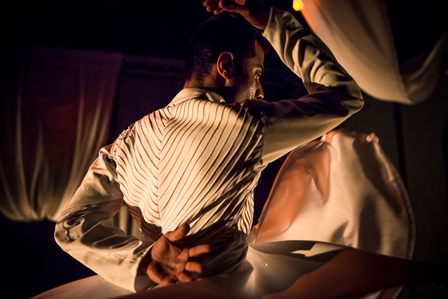Dance diary. June 2015
The dancers of Elizabeth Dalman’s Mirramu Dance Company are currently in residence at Mirramu Creative Arts Centre, on the shores of Lake George, Bungendore, rehearsing for L. The current Mirramu company consists of Dalman herself, Vivienne Rogis, who co-founded the company with Dalman, Miranda Wheen, Janine Proost, Amanda Tutalo, Mark Lavery and the newest recruit, Hans David Ahwang, a recent
